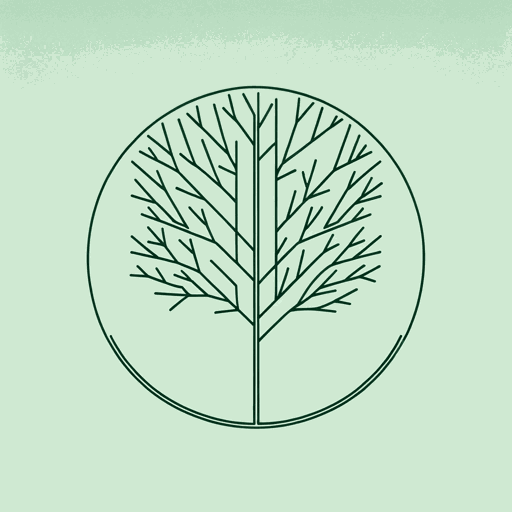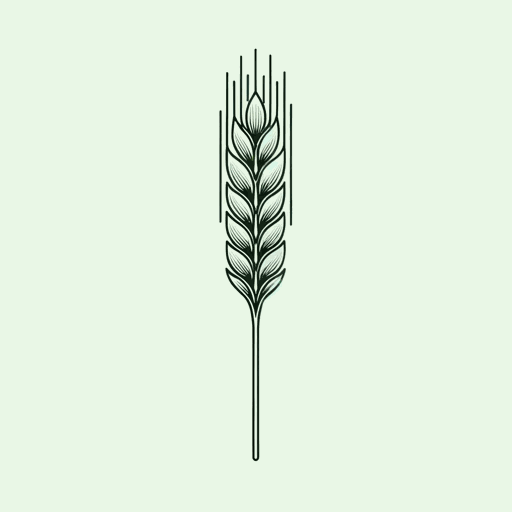65 pages • 2 hours read
Jared DiamondCollapse
Nonfiction | Book | Adult | Published in 2004A modern alternative to SparkNotes and CliffsNotes, SuperSummary offers high-quality Study Guides with detailed chapter summaries and analysis of major themes, characters, and more.
Part 2, Chapters 2-5Chapter Summaries & Analyses
Part 2: “Past Societies”
Part 2, Chapter 2 Summary: “Twilight at Easter”
On remote Easter Island in the Southeastern Pacific Ocean are hundreds of giant statues, mostly elongated heads carved from volcanic rock, many on platforms near the seacoast. On an island bereft of resources—no trees, little potable water, cool and breezy conditions inhospitable to typical Pacific foodstuffs, limited fishing—how did its Polynesian people manage to craft such enormous carvings? And why was the island largely abandoned?
The first settlers arrived from islands to the west around AD 900. They brought typical Polynesian foodstuffs, built 1,200 chicken houses, extensive rock windbreaks and garden walls to protect against the winds, and houses; the population may have numbered 15,000 at its height.
Easter Island was divided into a dozen clan territories that started at the coast, with statues and long homes for the elite, and stretched inland, where peasants farmed. Clans competed to build the best statues.
Most of these great sculptures, called moai, sit on long platforms, called ahu and made of rubble. Earlier Polynesian societies made similar objects but not in the same combination. The moai face inland; originally yellow, today they are dark gray. Moai became larger, more stylized, and more elaborate over time; coral eyes with red pupils were inserted into the statue’s eye sockets, to glare out during special occasions.
Related Titles
By Jared Diamond




